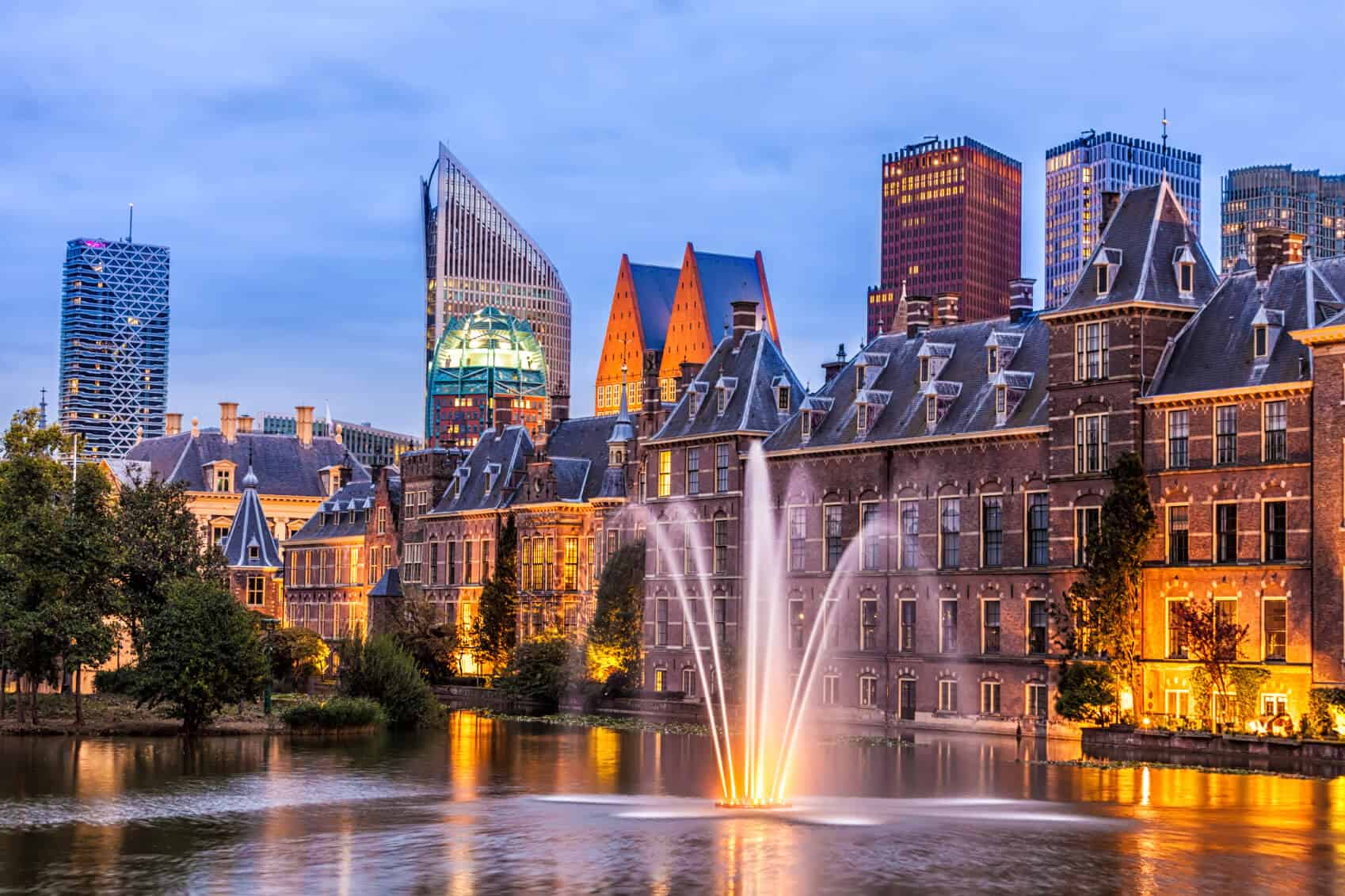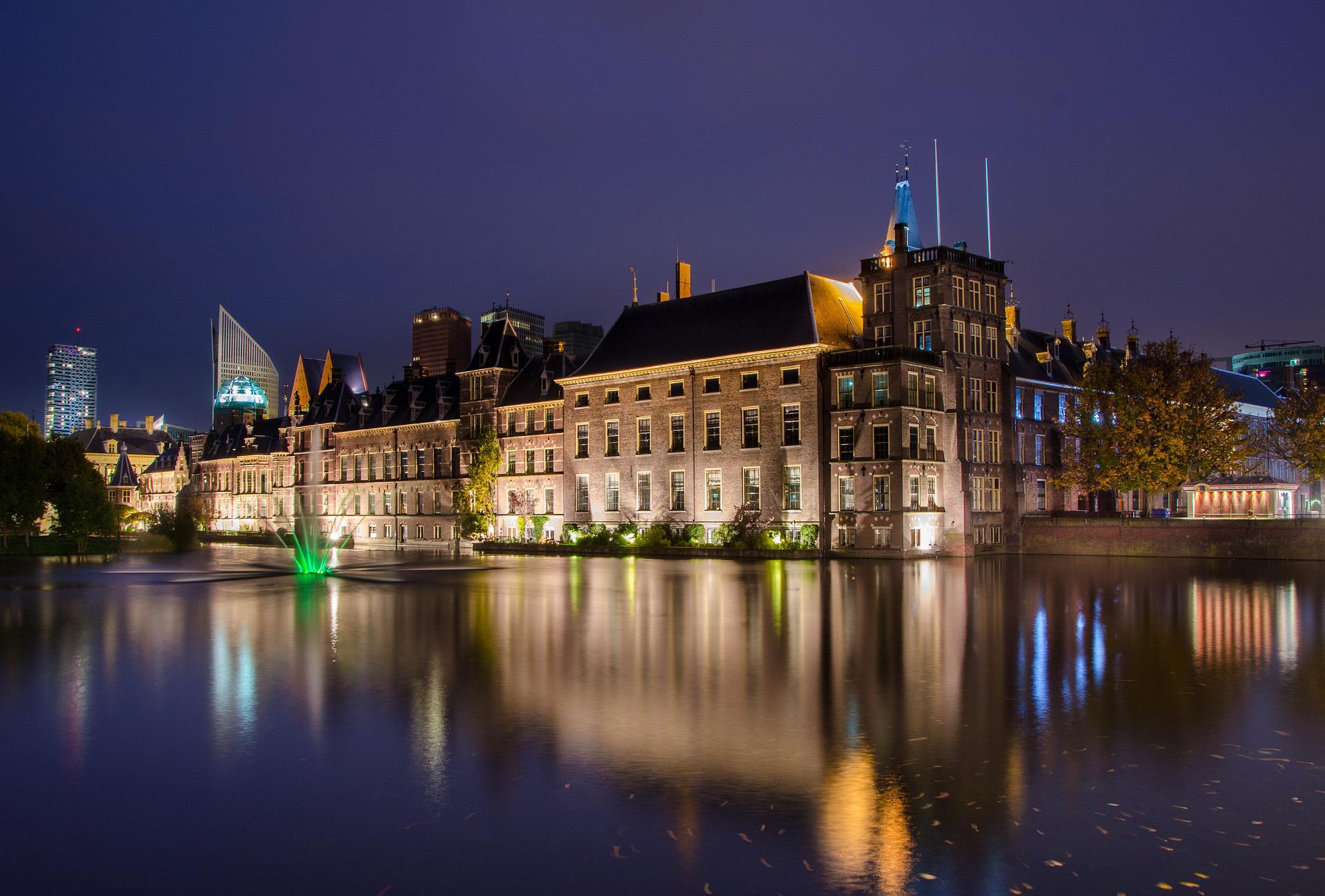The Unexpected Wildlife Haven in The Hague
In the heart of The Hague, the remnants of old military bastions have become unlikely sanctuaries for urban wildlife. These structures, once part of the city's defensive network, now offer a unique habitat for various species. The thick walls and overgrown vegetation provide shelter and food sources, creating a thriving ecosystem amidst the urban landscape.
A Closer Look at the Bastions

The bastions, originally built in the 17th century, were designed to protect the city from invaders. Over time, as military needs changed, these fortifications were abandoned. Today, they stand as historical relics, with their stone walls and moats largely intact. The lack of human disturbance has allowed nature to reclaim these spaces, turning them into vibrant habitats.
![]()
Species Finding Refuge
Several species have made these bastions their home. Birds such as kestrels and owls nest in the crevices of the old walls. The dense vegetation supports a variety of insects, which in turn attract bats. Amphibians like frogs and newts thrive in the moist environments of the moats. These species benefit from the relative safety and abundance of resources that the bastions provide.

Conservation Efforts and Challenges
Local conservation groups have recognized the ecological value of these sites and are working to preserve them. Efforts include managing invasive plant species and ensuring that the habitats remain undisturbed by human activity. However, challenges remain, such as balancing public access with conservation needs and addressing the impacts of urban development.
The Role of Community Involvement
Community involvement plays a crucial role in the conservation of these bastions. Educational programs and guided tours help raise awareness about the importance of urban wildlife habitats. Volunteers assist in habitat restoration projects, ensuring that these historical sites continue to serve as refuges for wildlife.
Future Prospects for Urban Wildlife
As urban areas continue to expand, the preservation of such habitats becomes increasingly important. The bastions of The Hague offer a model for how historical sites can be repurposed to support biodiversity. By maintaining these spaces, The Hague not only preserves its history but also fosters a sustainable environment for future generations of both humans and wildlife.










